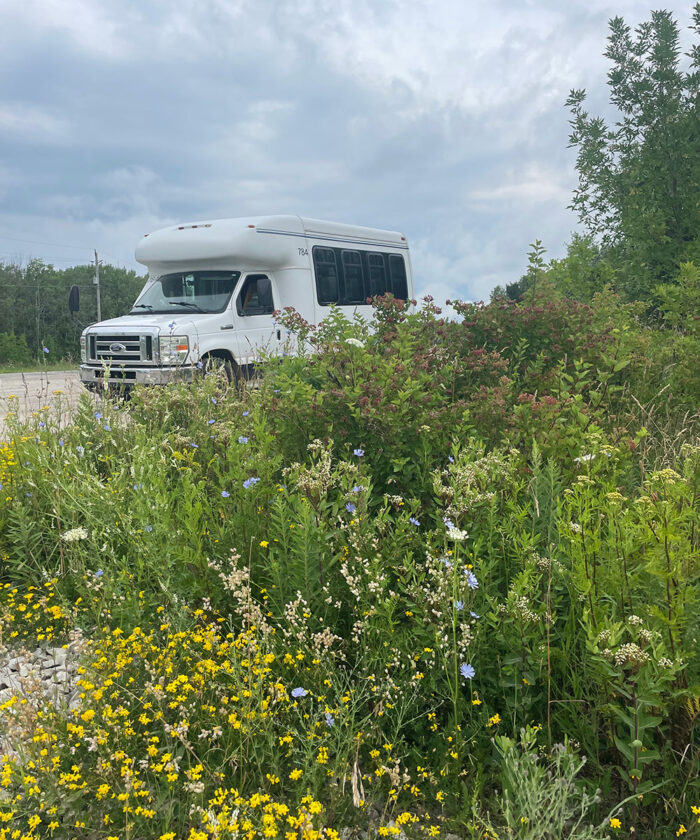
Happy Friday, GPODers!
We have another installment of my travels through Canada last summer, and I want to dive into some of the wildflowers I spotted while traveling.
While rest stops and overnight parking lots are an unglamorous necessity of long-haul travel, I make a point to park in nature as often as I possibly can. Part of my routine when I find myself parked up at a new area is walking around and taking in all of the various plant life around me. This is partly for safety reasons (looking out for poison ivy, oak, sumac, giant hogweed, etc.) but mainly for pleasure. At the first sight of color or fascinating foliage, I’m taking my phone out and going in for a closer look.
Below are some of the first wildflowers I spotted on my trip, most of them being from Manitoulin Island, an island in Lake Huron in Ontario that is also the largest lake island in the world.
 First up were some beautiful little harebell (Campanula rotundifolia, Zones 3–8) flowers that were right at the campsite I stayed at for a week. No matter what you call this adorable little plant (bellflower, Scottish bluebell, witch’s thimble, heathbells, fairies’ thimbles, etc.), it’s one you should spend some time learning more about. The native has a fascinating folklore in Scotland, where people believe witches squeezed juice from the flowers to turn into hares!
First up were some beautiful little harebell (Campanula rotundifolia, Zones 3–8) flowers that were right at the campsite I stayed at for a week. No matter what you call this adorable little plant (bellflower, Scottish bluebell, witch’s thimble, heathbells, fairies’ thimbles, etc.), it’s one you should spend some time learning more about. The native has a fascinating folklore in Scotland, where people believe witches squeezed juice from the flowers to turn into hares!
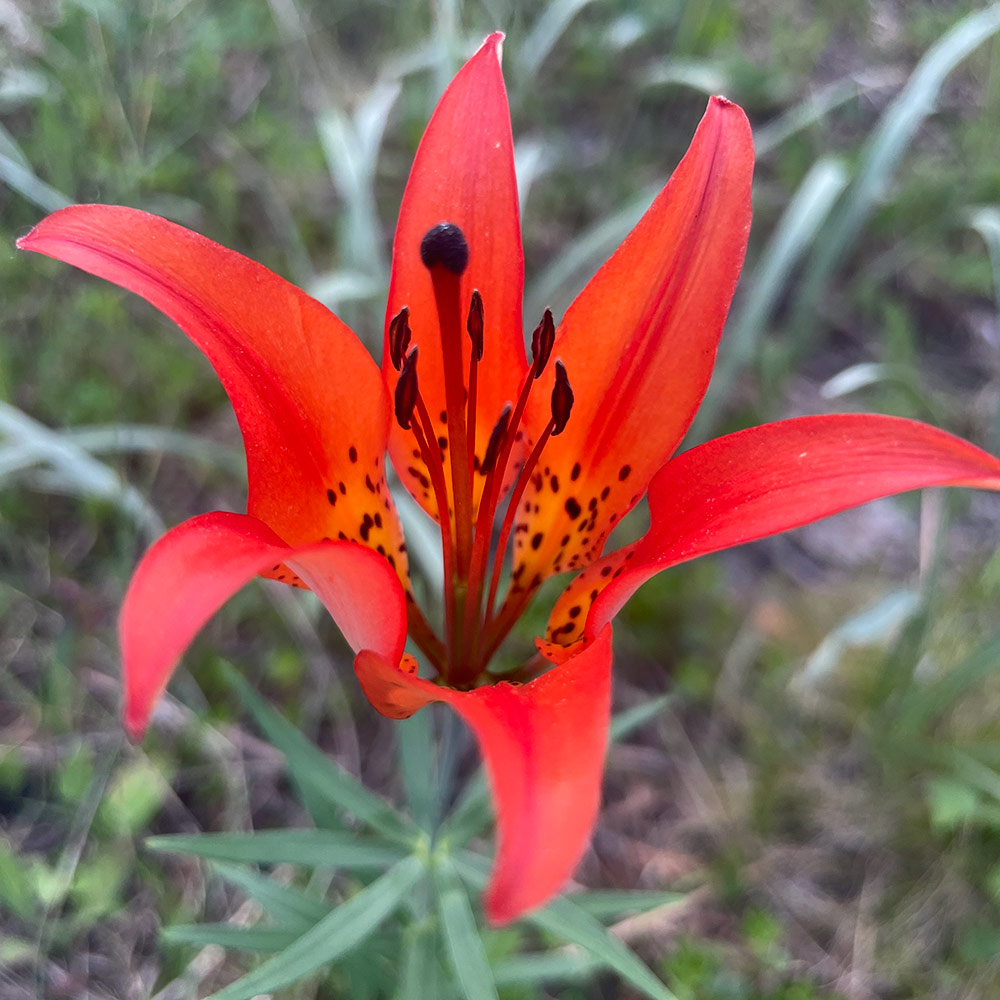 Though this flower looks like it would be right at home in the tropics, it is actually a North American native. Wood lily (Lilium philadelphicum, Zones 3–8) is one of the most widespread lilies in North America but used to be even more abundant. Though they are always tempting to pick, native wildflowers are much better admired than they are cut and brought home.
Though this flower looks like it would be right at home in the tropics, it is actually a North American native. Wood lily (Lilium philadelphicum, Zones 3–8) is one of the most widespread lilies in North America but used to be even more abundant. Though they are always tempting to pick, native wildflowers are much better admired than they are cut and brought home.
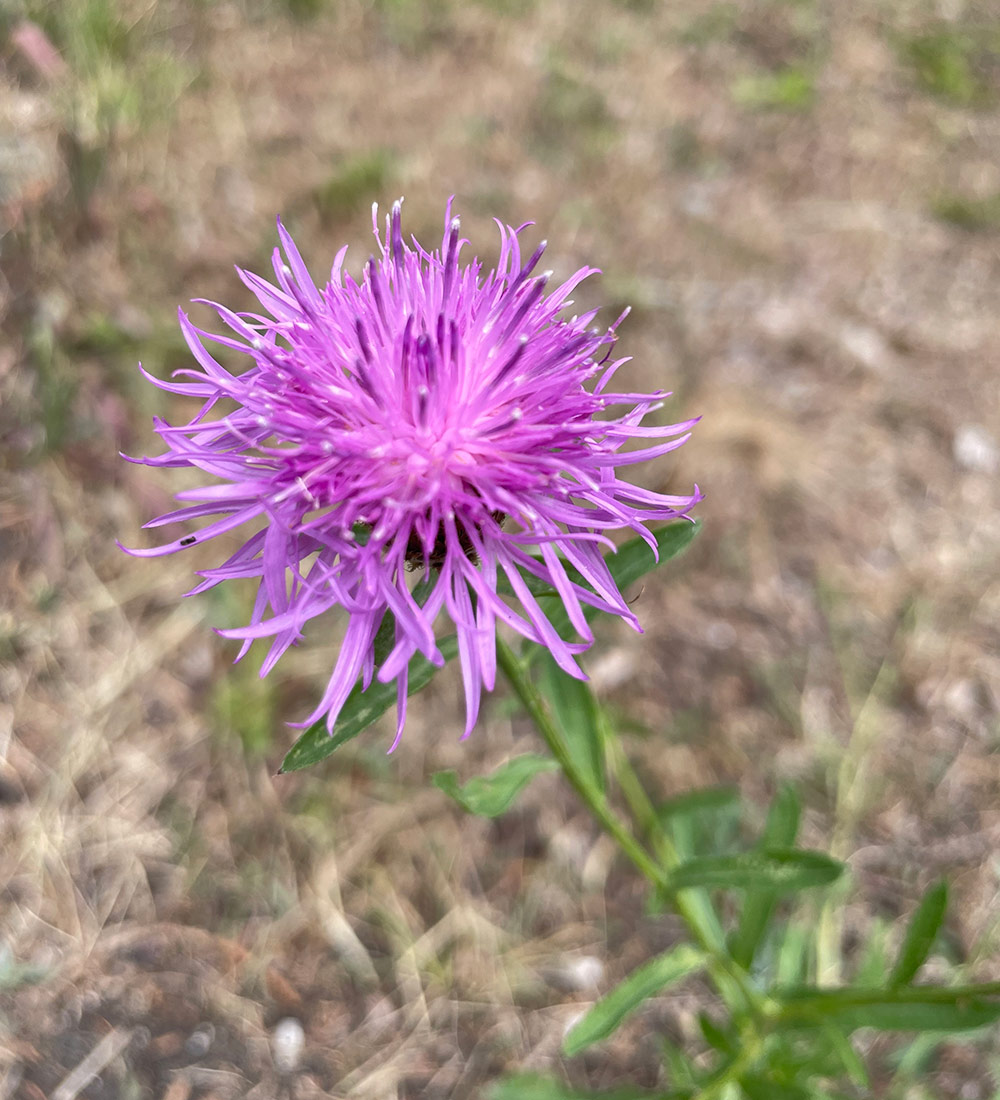 “Leave no trace”, however, does not apply to invasive plants. Though striking, this black knapweed (Centaurea nigra) is an aggressive, invasive weed. Seeing that this was (so far) one lone flower, I took the initiative to report the sighting to Ontario’s Invading Species Awareness Program and was able to safely remove the flower before it went to seed.
“Leave no trace”, however, does not apply to invasive plants. Though striking, this black knapweed (Centaurea nigra) is an aggressive, invasive weed. Seeing that this was (so far) one lone flower, I took the initiative to report the sighting to Ontario’s Invading Species Awareness Program and was able to safely remove the flower before it went to seed.
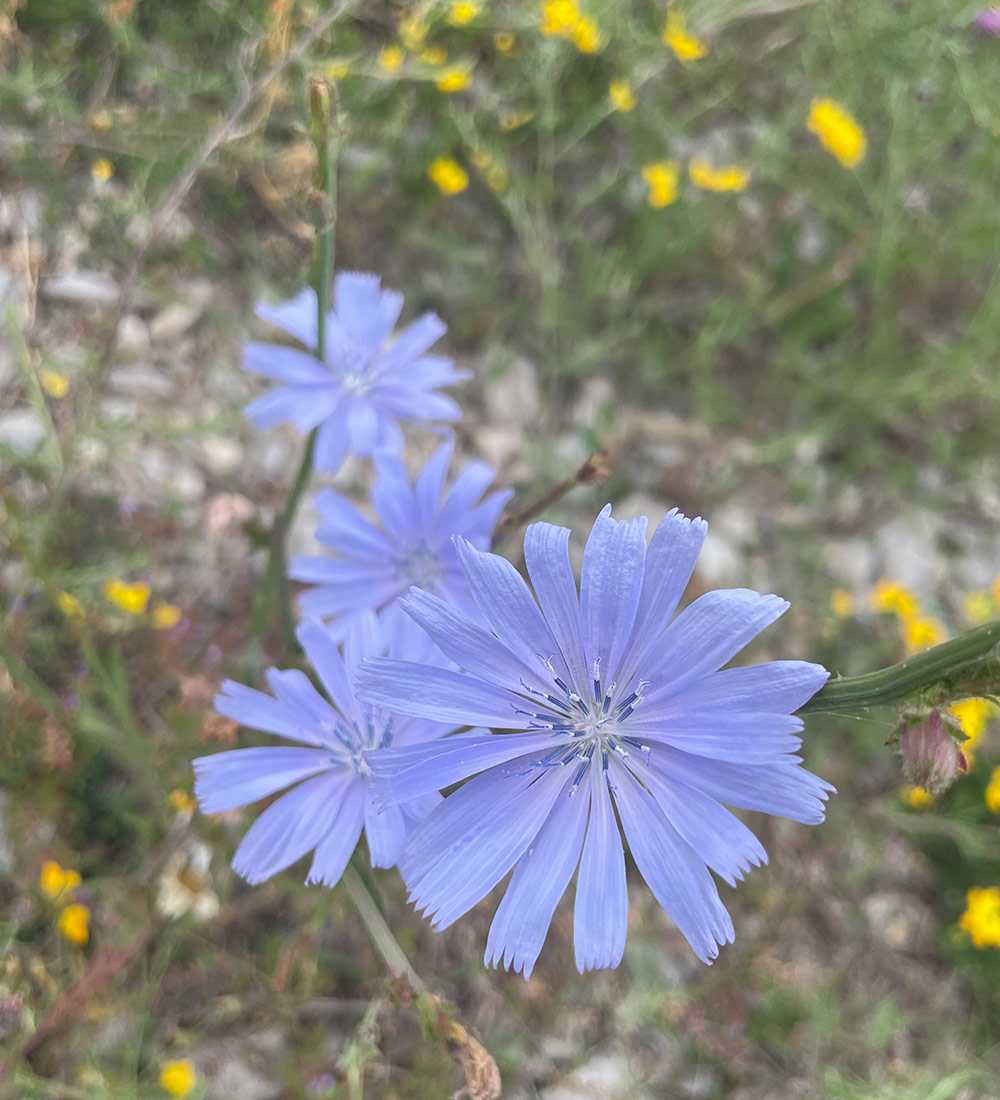 Another invasive I reported, but did not have the ability to remove, was this chicory (Cichorium intybus). Though a beautiful periwinkle-colored flower—with apparently a delicious, nutty flavor when roasted—this perennial herb should stay contained to the confines of a cultivated herb garden. Given that the plant is quite hardy and produces a large number of seeds, it can quickly take over natural landscapes.
Another invasive I reported, but did not have the ability to remove, was this chicory (Cichorium intybus). Though a beautiful periwinkle-colored flower—with apparently a delicious, nutty flavor when roasted—this perennial herb should stay contained to the confines of a cultivated herb garden. Given that the plant is quite hardy and produces a large number of seeds, it can quickly take over natural landscapes.
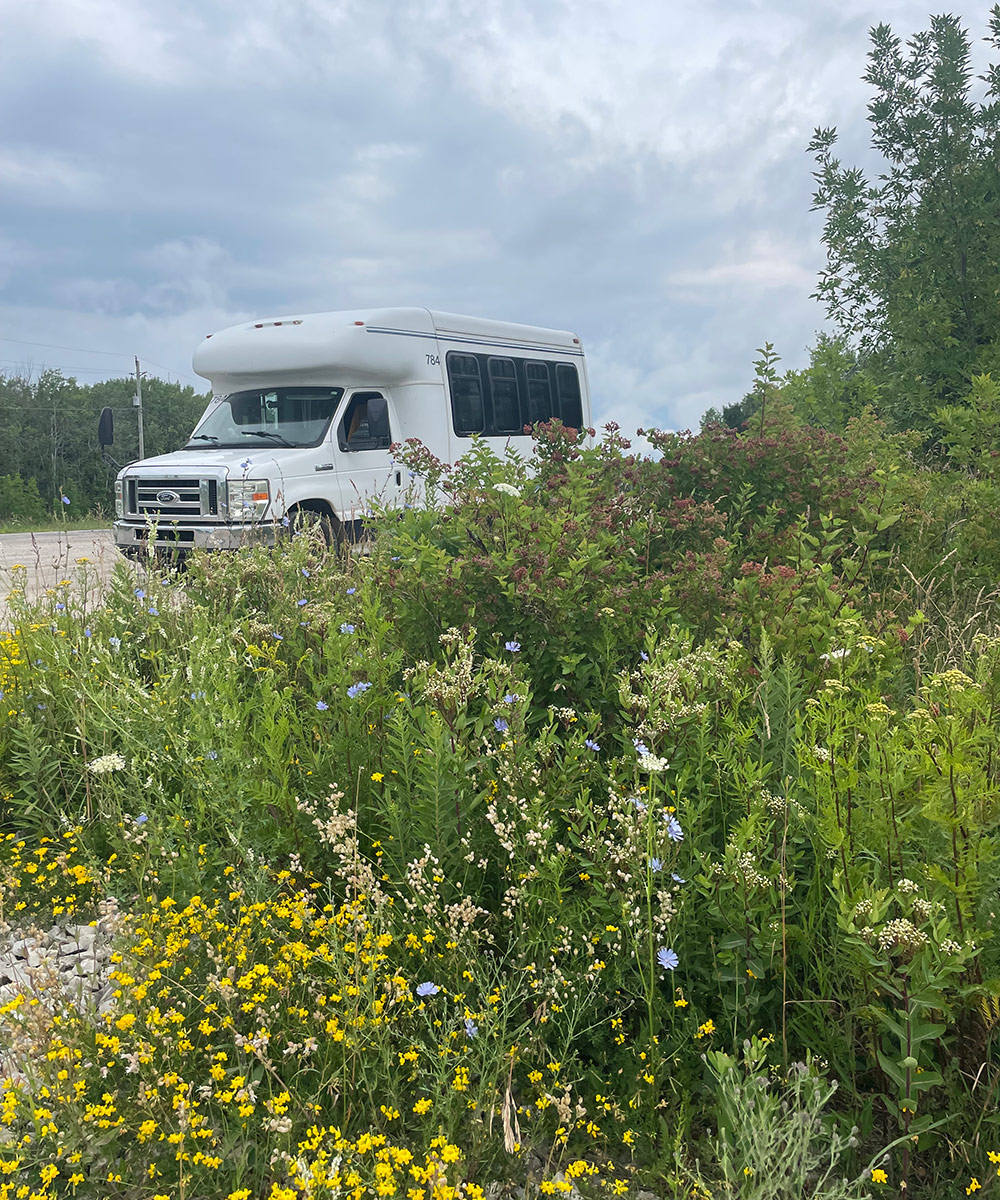
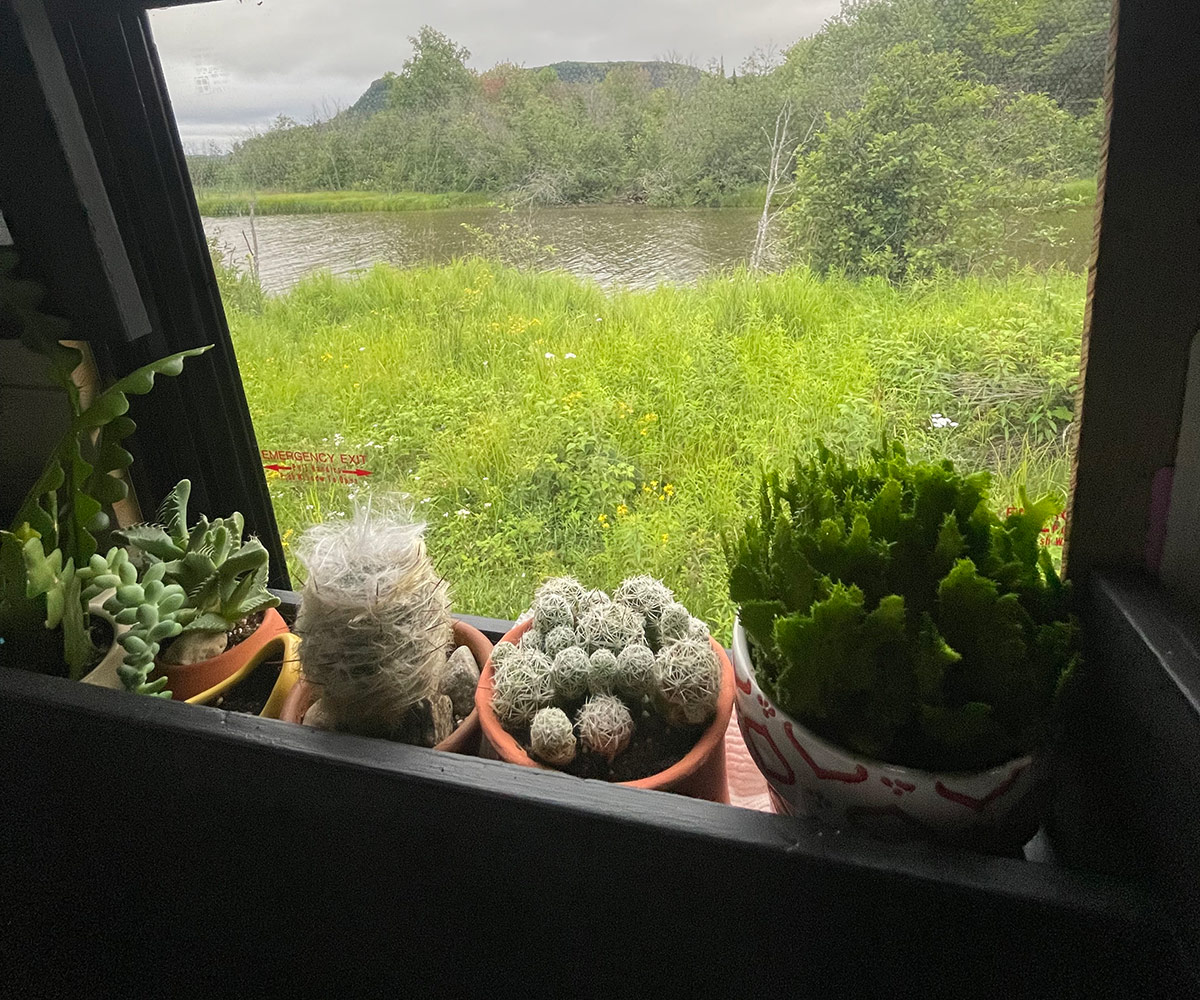
Thanks again for joining me as I reminisce on past plant adventures. Hope everyone has a plant- and garden-filled weekend!
Have a garden you’d like to share?
Have photos to share? We’d love to see your garden, a particular collection of plants you love, or a wonderful garden you had the chance to visit!
To submit, send 5-10 photos to [email protected] along with some information about the plants in the pictures and where you took the photos. We’d love to hear where you are located, how long you’ve been gardening, successes you are proud of, failures you learned from, hopes for the future, favorite plants, or funny stories from your garden.
Have a mobile phone? Tag your photos on Facebook, Instagram or Twitter with #FineGardening!
Do you receive the GPOD by email yet? Sign up here.
Fine Gardening Recommended Products

RAINPOINT Sprinkler Timer with Brass Swivel
Fine Gardening receives a commission for items purchased through links on this site, including Amazon Associates and other affiliate advertising programs.
- Built-in metal filter gaskets can prevent sediment and other larger particles
- Through the Sprinkler Timer program, you can set the start time, watering duration, and watering frequency

Gilmour 811673-1001 Sprinkler
Fine Gardening receives a commission for items purchased through links on this site, including Amazon Associates and other affiliate advertising programs.
- Adjustable collar for partial- to full-circle coverage
- Dial precisely sets spray distance
- On/off switch eliminates trips from sprinkler to spigot
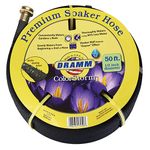
Dramm 17050 50′ ColorStorm 1/2″ Standard Soaker Hose
Fine Gardening receives a commission for items purchased through links on this site, including Amazon Associates and other affiliate advertising programs.
- Conveniently waters garden and beds
- 50 ft. by 1/2 inch diameter made from recycled material; lifetime guarantee
- Made in the USA





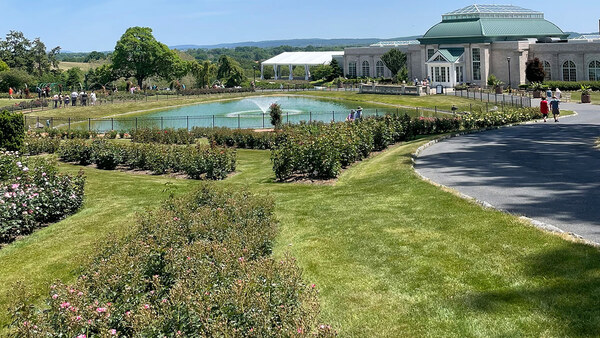
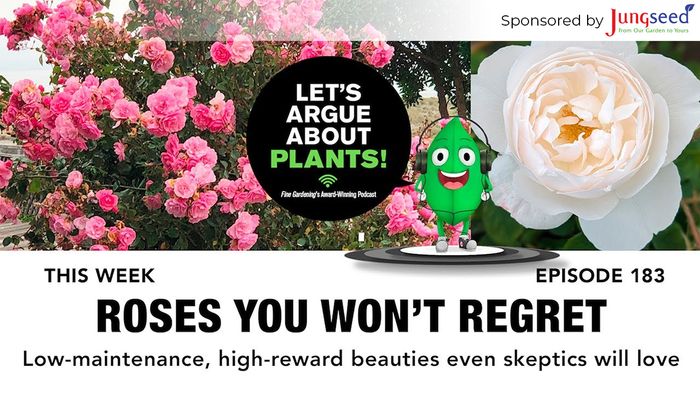
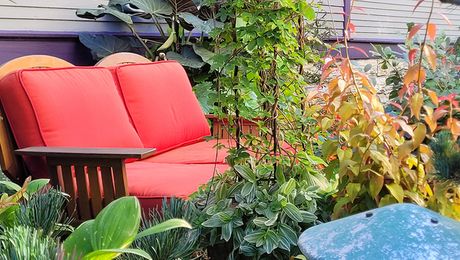
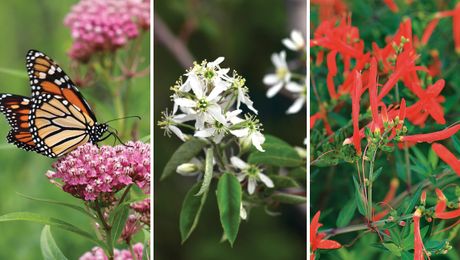


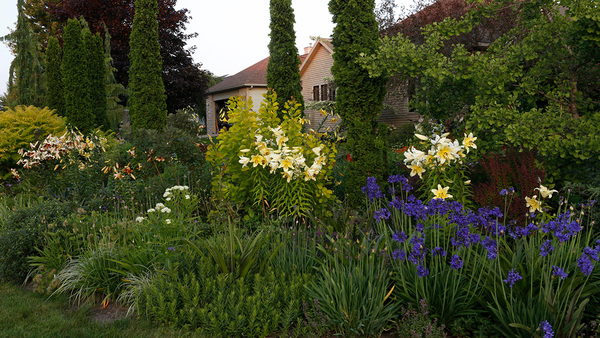




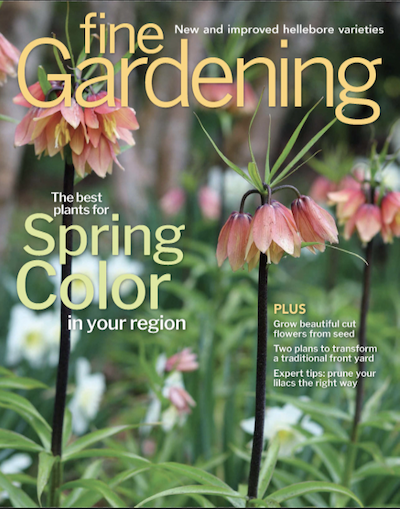


Comments
Ahhh, a person after my own heart. I love natives and am trying to cultivate them in my garden, being careful of course not to introduce invasives. I’ve noticed a marked increase in pollinators. Thanks for sharing your journey, Kaitlyn.
I've really enjoyed seeing your journey. My husband and I loved road trips, with impromptu stops all along the way. I especially love learning the names of these familiar plants, and the invasiveness some of them threaten.
I didn't know Campanula rotundifolia grew in the wild, very beautiful. The non-natives are also pretty and seems like there is enough room for all to live and be used by pollinators. Could not imagine killing flowers just because they didn't originate in this country.
Log in or create an account to post a comment.
Sign up Log in